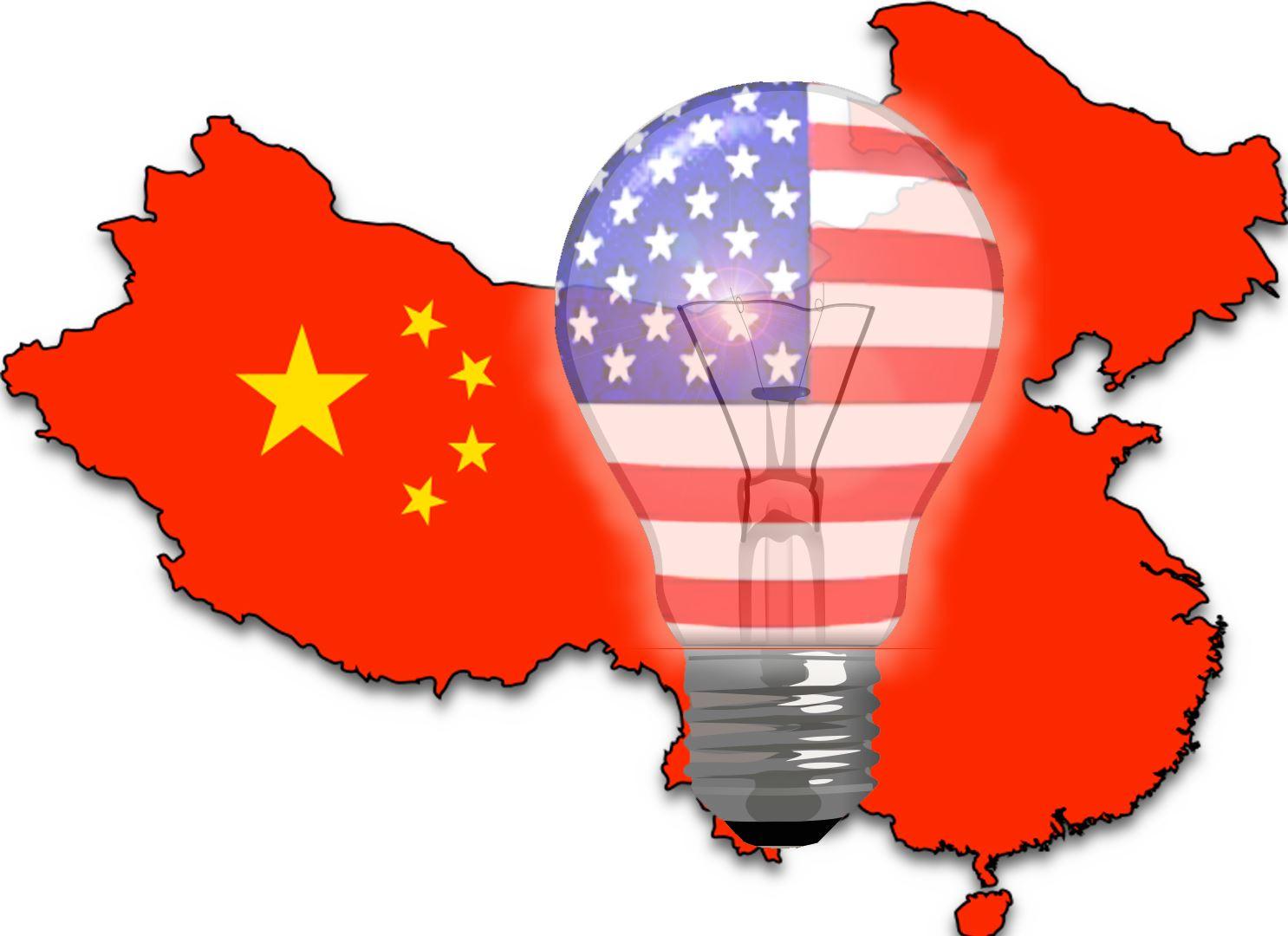

Jul
One of the most widely used arguments when discussing the various episodes involving trade tensions between the United States and China has been the fact that billions of dollars are lost each year due to IP rights not being respected properly. On the one hand, you have China’s post-2017 commitment to stricter enforcement, with measures such as making it harder for domestic companies with IP-related problems to gain access to financing. On the other hand, you have complaints on the US side (with the US being the most notable example, but hardly the only one) which revolve around the less than optimal efficiency of these measures, especially since punishments have a civil-only rather than criminal component (for example, no jail time stipulations).
To start with historic facts, it is worth noting that China has made many commitments over the years, especially after becoming a WIPO (World Intellectual Property Organization) member in 1980. Five years later, it became a member of the Paris Convention for the Protection of Industrial Property and another four years later, we can add the Madrid Agreement for the International Registration of Trademarks to the mix. On the US front, China’s agreement to enter a Memorandum of Understanding with the US authorities in 1992 and the signing of the 1995 Sino-US Agreement of Intellectual Property rights comes with obligations related to measures involving the protection of US IP interests.
As can be seen, commitments have been made since the early 80s but those who view things through a Western lens frequently fail to understand the let’s call it “on the ground” reality, which is simply a game theory equation involving China’s long-term goals and the conflict of interests they inevitably lead to. While it is true that China needs US and international companies to be active players on its domestic market, especially in light of the capital as well as transfer of technology dimension, make no mistake: China’s long-term goals revolve around Chinese companies taking over.
For a brief moment, put yourself in China’s position and understand that while you applaud the capital and know-how which is entering your country thanks to foreign companies, you understand that the very idea of Western companies dominating your domestic market comes with systemically dangerous risks. As such, while you encourage Western business initiatives, you would also like this situation to be nothing more than an intermediary step.
From China’s perspective, the ideal scenario revolves around foreign companies entering the market, creating a solid foundation for that industry in China through transfers of technology but eventually, as Chinese players gain access to the previously-mentioned cutting-edge technology, foreign companies losing ground more and more aggressively.
From Apple to Huawei, from Tesla vehicles to domestically-developed electric cars, from Western e-commerce companies like Amazon and eBay to Taobao, from Google to Baidu… the list of such examples could go on and on. To believe the Chinese government isn’t pleased with this state of affairs would be naïve at best and reckless at worst.
And, speaking of the Chinese government, another mistake Western investors tend to make is expecting the actions of the Chinese government to be in line with actions one would expect from Western governments, which is once again a sign of naivete. Simply put, just like with many other trade-related issues, the Chinese authorities are likely to keep juggling with their online commitments on the one hand and their sometimes conflicting domestic interests on the other.
Are changes likely to continue being implemented?
Of course, in light of the fact that international pressures would increase otherwise. However, as case studies such as World Trade Organization-related measures make clear, the Chinese authorities (like any other government in their position) have the clear interest of doing the bare minimum they can get away with doing.
This is why, if you are serious about investing in China, it makes sense to work with advisers who actually have ground-level experience. ChinaFund.com, with its multi-jurisdictional experience, over 100 employees and a strong brick&mortar as well as digital asset-oriented presence in China, is in an excellent position to provide genuinely actionable insight. Time and time again, foreign entities that approach their investments in China with a “textbook-only” mindset experience sub-optimal performance because not all aspects that pertain to China can be explained in an academic manner. Without adding the practical dimension to the mix, robust results are… let’s just say unlikely.
